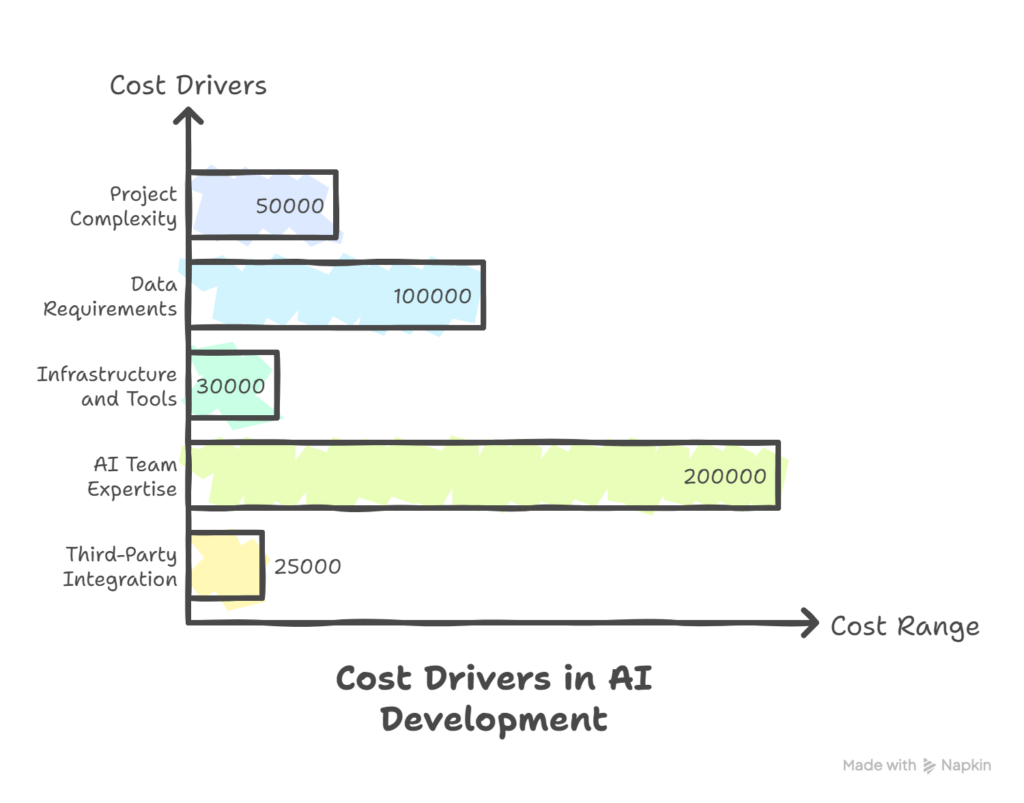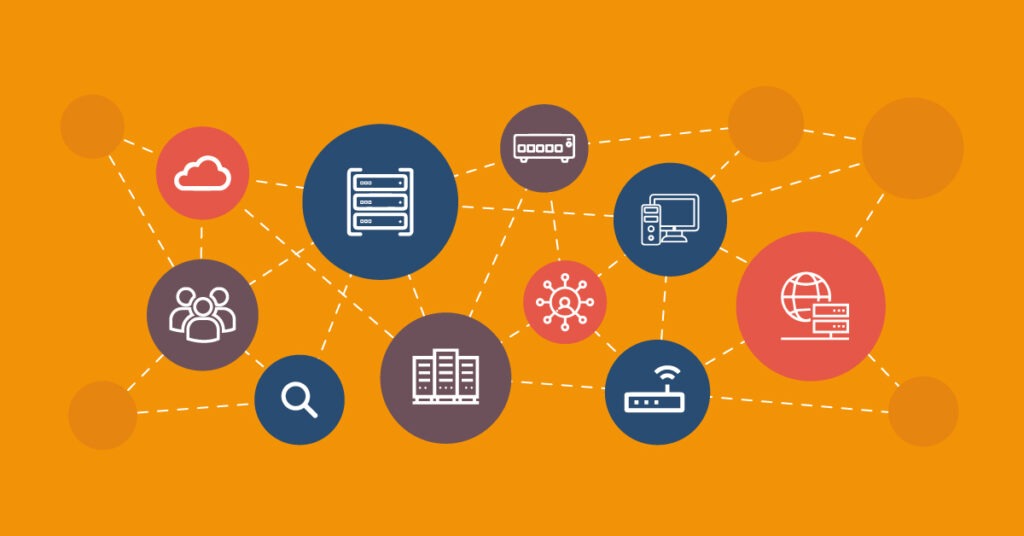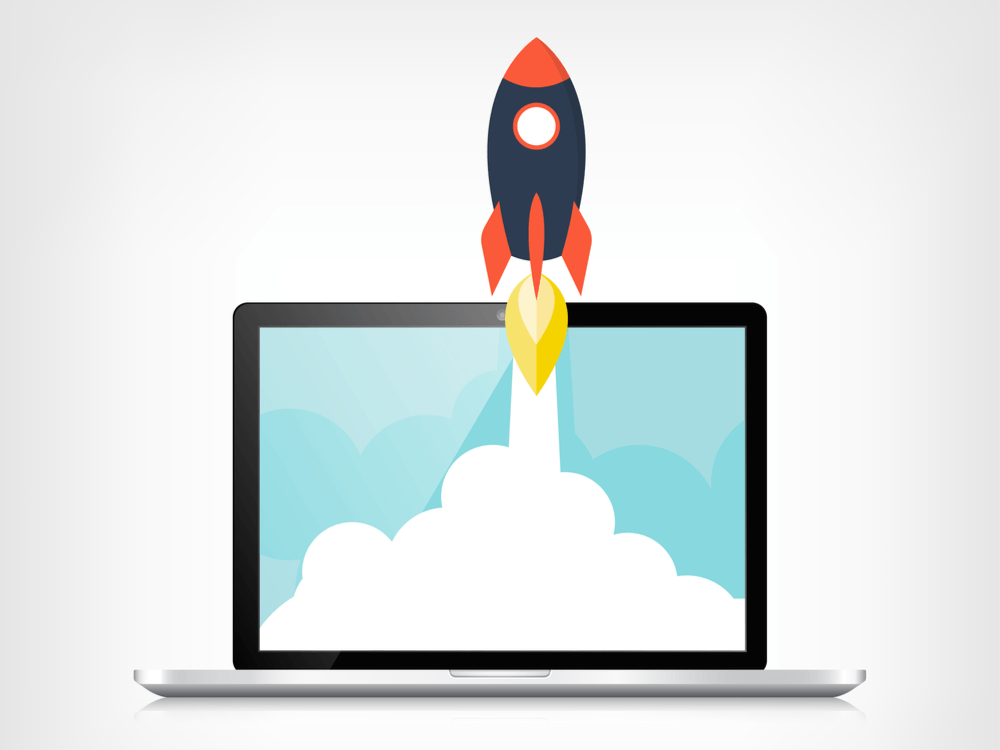How much does it cost to develop an AI app? That’s one of the first questions business leaders ask when they begin planning a new AI-powered product. AI tools promise speed, automation, and personalization, but few guides offer a clear picture of the actual costs involved. In this article, we break down what goes into AI app development cost in 2025. You’ll see what affects pricing the most, how different features and industries shape your budget, and what to expect at each stage of the development process. We also share tips to keep costs under control without sacrificing performance. Let’s get into it.
Factors that influence AI development cost
AI development costs depend on more than the number of features or your developers’ hourly rates. They result from a mix of technical, operational, and business-specific factors, and each factor can shift the budget significantly. When teams understand how these drivers affect cost, they make better decisions about where to invest and avoid unnecessary expenses. Below are the key factors that shape how much AI costs.

1. Project complexity
The complexity of the app remains the most important cost of AI development driver. A simple AI chatbot powered by a pre-trained API might cost as little as $10,000 to $50,000, while a custom system that includes NLP, real-time decision-making, and advanced personalization can push costs to $300,000 or more. According to a 2024 Deloitte report, 57% of enterprise AI investments fail to stay on budget due to underestimated scope and complexity.
2. Data requirements
AI depends on data, and preparing that data takes time and resources. The more data your model needs (and the messier it is), the more it will cost to collect, clean, label, and store it. For most projects, data-related tasks alone can cost $10,000 to $100,000+ when you need large teams of analysts. It heavily influences how much does it cost to develop an AI.
3. Infrastructure and tools

Training and deployment of AI models require computing power. Cloud platforms like AWS, Azure, and Google Cloud offer GPU-powered environments, but rental costs can range from $3,000 to $30,000+ per month, depending on the workload. Teams that train models in-house may spend even more on hardware. Tool licensing, MLOps automation, and security frameworks also contribute to infrastructure costs.
4. AI team expertise

AI does not work as plug-and-play. A great solution demands experienced engineers, data scientists, and ML specialists. Salaries differ by location: top AI developers in the U.S. earn $100–$150 per hour, while offshore rates in Eastern Europe stand at $30–$50 per hour. A team that includes a product manager, ML engineers, back-end and front-end developers, and QA testers can push the total budget above $200,000, a figure that depends on the timeline and scope
5. Third-party integration
Many AI apps need to connect with external systems, such as CRMs, payment gateways, or IoT devices. The more integrations your app requires, the more time developers need to configure APIs, sync data sources, and handle edge cases. Simple API integration might cost $5,000 to $10,000, while complex systems could exceed $25,000.
The total AI software price doesn’t only depend on technical choices, it also varies widely by industry. Apps built for healthcare, finance, and cybersecurity often require strict compliance, advanced analytics, and secure data handling, which can raise the budget to $300,000 or more. In contrast, AI apps for retail, education, or hospitality may cost less, typically between $50,000 and $200,000, thanks to lower infrastructure demands and fewer regulatory constraints. Each industry brings its own challenges for generative AI software development services, which directly affect how much time, expertise, and customization your project needs.
Cost breakdown by development stages
AI app development covers more than a single model or a front-end codebase. Each stage of the process, from the initial plan through post-launch support, adds distinct costs and holds a key role in the outcome. Teams often underestimate the time and budget that design, QA, and regular updates require. Sound financial decisions rest on clear visibility into cost drivers and the budget for each phase. This section details the full AI app life cycle and shows how costs stack up at every step.
Stage 1. Planning
This stage lays the groundwork for the entire project. The team defines the app’s purpose, outlines user flows, collects initial requirements, and identifies the types of AI features that fit the use case. It often includes market research, competitor analysis, and an initial technical audit. For many projects, this phase also covers MVP planning to reduce risk and control scope.
This phase typically costs between $5,000 and $20,000, depending on how many business goals, user roles, and data dependencies need to be clarified before development begins. Projects that involve novel AI applications or strict industry regulations may require more time and budget at this step.
Stage 2. UI/UX design and prototyping
Once the team defines the core scope, designers create wireframes and user journey maps, followed by interactive prototypes. AI apps often require thoughtful interfaces to make smart features feel intuitive. For example, a chatbot needs a clean dialog layout, while a recommendation engine needs clear filtering logic. The more platforms and user states involved, the higher the design cost.
A simple app may need only basic screens and visual assets, resulting in a cost of around $10,000 to $20,000. More advanced AI apps, especially those that require adaptive or personalized design, can reach $40,000 or more, especially when multiple user roles and mobile platforms are in play.
Stage 3. Core development
This is where most of the budget goes. The core development phase includes backend infrastructure setup, API integration, frontend development, and training or integrating AI models. In a basic AI app, the development team might rely on pre-built models and lightweight integrations. For more advanced solutions such as apps that analyze video, process natural language, or provide real-time insights, engineers build out data pipelines, retrain models, and connect everything to a responsive user interface. Costs range from $30,000 to $80,000 for mid-range projects, while complex systems often exceed $100,000 to $200,000. This stage typically absorbs 50% to 70% of the total budget.
Stage 4. Quality assurance
Thorough testing is important, especially when AI is involved. QA teams validate app performance and stability and the accuracy of model predictions, and the consistency of outputs. They test integrations, check cross-platform compatibility, and evaluate how the AI adapts to new data. Testing also covers security and privacy protections, particularly for apps in regulated industries. Depending on how deeply the team evaluates model behavior and application logic, testing and QA costs usually fall between $8,000 and $18,000.
Stage 5. Deployment and launch

Once the app passes QA, the team prepares it for launch. They set up cloud environments, finalize app-store configurations, and monitor early usage. For cloud-based apps, developers configure the platform so it scales automatically and install tools that track performance. This stage typically costs $2,000–$5,000, and the amount may rise if the team adds extra DevOps work or cloud optimization. Although this phase has a smaller scope, it remains important to a smooth rollout and early user adoption.
Stage 6. Post-launch maintenance and support
After launch, the team updates the app, monitors performance, fixes bugs, and retrains AI models as new data arrives. Routine maintenance also applies security updates and meets compliance requirements. Many companies allocate 15% to 25% of the original development cost each year for support. For example, if your app cost $150,000, you will spend an additional $22,000 to $37,000 per year on proper maintenance.
| Stage | Description | Cost Range |
| Planning & Discovery | Goals, research, data requirements, and MVP scope | $5,000 – $20,000 |
| UI/UX Design & Prototyping | Wireframes, user journeys, interactive prototypes | $10,000 – $40,000 |
| Core Development | AI model integration, backend/frontend, infrastructure | $30,000 – $200,000 |
| Testing & QA | Functionality, security, and prediction accuracy | $8,000 – $18,000 |
| Deployment & Launch | App store setup, cloud infrastructure, DevOps | $2,000 – $5,000 |
| Maintenance & Support | Bug fixes, updates, model retraining (yearly) | 15–25% of dev cost |
The total AI app development cost depends heavily on project size and complexity. A small-scale app with basic AI features like simple automation or third-party NLP integration typically costs $50,000 to $100,000. Mid-size apps with moderate customization, predictive analytics, and cross-platform support often range from $120,000 to $250,000. For large-scale AI solutions that involve deep learning, real-time data processing, and industry-specific compliance, the budget can exceed $300,000 and may reach $1 million or more, especially when post-launch maintenance and infrastructure scaling are included.
How to reduce AI app development costs
What drives the cost up isn’t just the sophistication of the models or the infrastructure required, but also decisions made around architecture, team structure, and delivery approach. The good news is that businesses can still build scalable, high-quality AI applications without inflating their budget. Many successful AI products start with simple implementations that use pre-trained models, lightweight infrastructure, and lean development processes. In practice, efforts to reduce AI development cost must balance speed, accuracy, functionality, and long-term flexibility. The techniques below optimize costs and still preserve the core performance of your AI app.
- Prioritize only core features. Don’t build everything at once. Focus on 2–3 key AI capabilities for your MVP. Add advanced features only after you evaluate product-market fit. Basic implementations of NLP, recommendation engines, or analytics features are often enough to validate your concept.
- Use pre-trained models and APIs. You can avoid developing models from scratch when proven alternatives exist. Pre-trained models like OpenAI’s GPT or image recognition APIs can drastically cut development time and cost.
- Outsource to experienced offshore teams. Partner with AI development companies in regions with lower labor costs. Teams in Eastern Europe or Southeast Asia often charge $30–$50 per hour, compared to $100+ in the U.S., while they offer high-quality results.
- Adopt an agile and phased development model. Agile development helps control costs through short iterations and constant feedback. It prevents budget overruns caused by misaligned features or late-stage changes. Break the project into phases: MVP, core release, and post-launch optimization.
- Choose open-source tools and frameworks. Tools such as TensorFlow, PyTorch, Hugging Face Transformers, and Scikit-learn provide powerful capabilities with no license fees. These frameworks support high-performance AI development and lower software overhead and the total cost of AI software.
- Use cross-platform development. Develop once and deploy to both iOS and Android with frameworks such as Flutter or React Native. This strategy removes the need for separate native apps, which would double the effort and cost. Cross-platform AI integration may require extra optimization, but long-term savings justify the investment.
- Limit custom infrastructure at an early stage. Do not invest in proprietary hardware; use GPU cloud services during development and scale infrastructure only when you need it. This pay-as-you-go model controls AI development costs without a loss of compute power.
These cost-optimization techniques help teams move faster, launch earlier, and iterate based on real user data. In a market where AI adoption grows rapidly but unpredictably, adaptability matters just as much as innovation. Start lean, prioritize what moves the needle for users, and use reliable tools and platforms to avoid unnecessary expenses.
Conclusion
AI app development offers clear advantages like personalized experiences, smarter automation, and long-term operational efficiency. But turning that potential into reality requires careful planning and a firm grip on costs. To stay on budget without cutting corners, start with a focused feature set, use proven tools, and choose the right development team for your goals. Cost alone shouldn’t determine your approach, but if you know what drives the numbers, it gives you the control to build smarter.
FAQ
Is custom AI development worth the investment?
Custom AI development is often worth the investment when off-the-shelf solutions fail to meet specific business needs or performance standards. These models provide greater control over data handling, decision logic, and integration with existing systems. They can unlock long-term value through automation, personalization, and insights that align closely with your business goals. While the initial cost may be higher, the competitive advantage and scalability of a custom solution often justify the expense, especially for industries like finance, healthcare, or logistics.
How long does it take to build a fully functional AI app?
The timeline for developing a fully functional AI app ranges from 3 to 12 months, depending on complexity. A basic app with limited AI features may take 8–12 weeks, while a mid-level project typically requires 4–6 months. Custom, enterprise-grade AI solutions can take 9–12 months or more, especially when they involve data-intensive components, advanced ML models, or compliance requirements. Timeframes also vary based on the size of the development team and how much pre-existing data or infrastructure is available.
Should I outsource AI development?
Outsourcing AI development is a smart choice for many businesses, particularly if you want to reduce costs, speed up delivery, or access specialized talent. Reputable offshore teams in regions like Eastern Europe or Southeast Asia can deliver high-quality work at lower rates than in-house teams in the US or Western Europe. Outsourcing also offers flexibility in scaling the team as needed. However, success depends on choosing the right partner with proven experience in AI and a strong track record in your target industry.
What’s the best way to calculate ROI from AI app development?
To measure ROI from AI development, companies often use methods like Simple ROI, Payback Period, or Internal Rate of Return (IRR). These formulas compare the financial gains from new revenue streams to the total development and maintenance costs. For long-term or strategic projects, Economic Value Added (EVA) provides a more detailed view of profitability. Selecting the right method depends on your goals, timeline, and use case.


